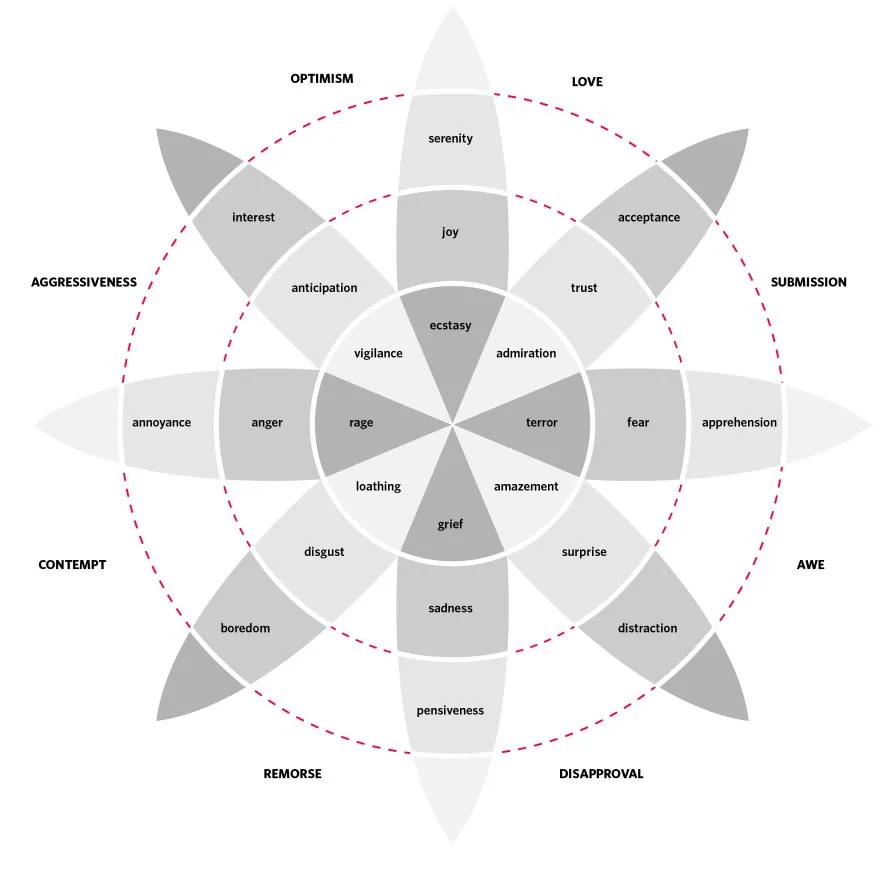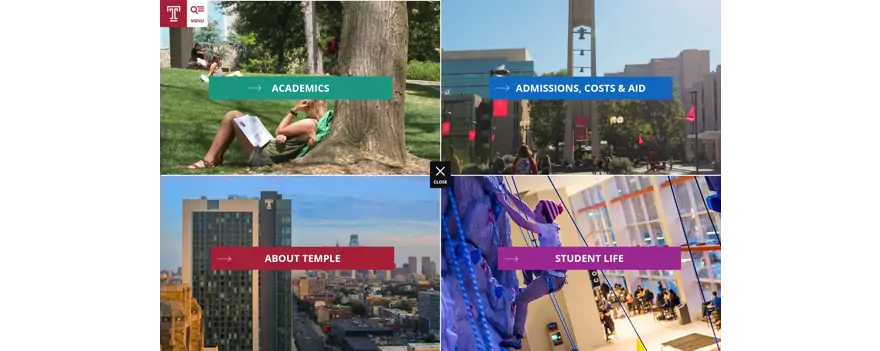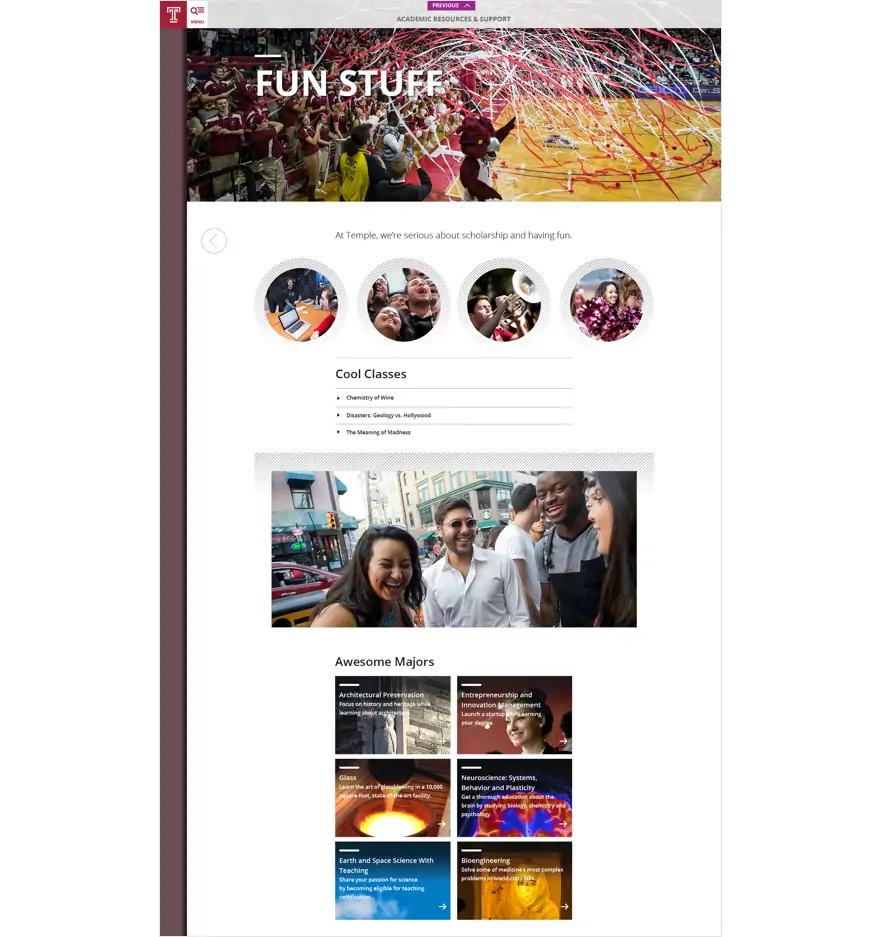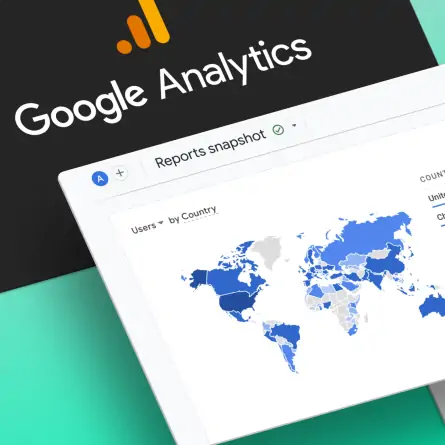Tapping Into Emotion: 10 Tips for Driving Connections in Higher Ed Marketing
When it comes to the higher education experience, what are the hidden drivers of emotion? The elements that shape students’ lifelong aspirational connections to one university versus another?
These are complex questions, with no clear-cut answers, especially when it comes to the science behind marketing, content, and the college connection. Obviously, what tugs at the heartstrings of one student may not appeal to another, and a single interaction may inspire different emotions from prospects based on their perceptions and past experiences.
While fostering emotional connections is not an exact science, there are a seemingly endless array of approaches for helping you try to get it right.
Take, for example, the “wheel of emotions” created by psychologist and researcher Robert Plutchik. This graphic depicts the eight universal emotions felt by humans, displayed by order of intensity — love, awe, and optimism being most appropriate in the case of higher education marketing. This wheel is a powerful mapping tool that allows you to key in on the messages that drive positive emotional responses and reactions from students and prospects over time.

Adapted from Robert Plutchik’s Wheel of Emotions.
While everyone has a different take on what goes into eliciting these powerful emotions and fostering great personal connections, the following 10 strategies are worth considering as part of your overall marketing strategy.
1) Understand the Value in Every Detail and Exchange
Emotional connection is a byproduct of every touchpoint of your college or university brand. From the perceived overall value of the education provided to the earnestness with which admissions officers make eye contact and shake a prospect or parent’s hand, your team needs to understand the importance of building connections at all levels — and collectively buying into the long-term value of this mission.
2) Make It Authentically Personal
You can’t just skim the surface and hope for meaningful connection. Emotional bonds are a natural byproduct of forming genuine associations with prospects — that means
- tending to the details,
- ensuring thoughtful interaction,
- and showing the “realness” of your organization.
Speak to students in their own language, carefully avoiding internal or industry jargon without providing clear context for it. And don’t be afraid to let viewers in behind the scenes, even showing some funny gaffes or endearing imperfections.
Revealing the truly “human” side of your organization builds trust in a genuine way and makes prospects feel more comfortable at the same time.
3) Appoint an “Experience Ambassador”
The details leading to emotional connections with students and prospects can’t be left to chance. Find a team member willing to commit to mastering the personal experience for these audiences, and lean into them for innovative ideas for fostering emotional ties that are based on your institution’s overall brand strategy.

4) Maintain Regular Interaction
Whether you publish weekly e-newsletters or blog posts, engage in quarterly direct-mail campaigns, or invite prospective students and families to your campus for social gatherings, the frequency with which you reach out to your audience is directly proportional to the level of connection they will feel.
5) Consider the Full Digital Ecosystem and How Users Consume Your Content
Try a variety of digital communication methods to see what combinations work most effectively over time, and make sure viewers experience them in a natural progression that makes sense to them. For example, digital viewbooks can set the tone for a powerful first impression, followed by deeper content available on your website. If they opt in to digital news updates, use the opportunity to convey real value and useful information — but don’t expect young users to read every word you write. Incorporate bite-sized content that allows time-pressed readers to easily understand your messages, even when they’re only skimming on a smartphone.


6) Form a Circle of Trust
Rather than broadcasting your messages at students and prospects, engage with them early in their selection process, invite them into your trusted inner circle, and make them part of your ongoing conversation. Listen closely to what they tell you they want, and respond intentionally.
7) Invest for the Long Haul
Unfortunately, authentic emotional connections can’t be rushed. They require a series of genuinely compelling interactions over time — sometimes years or even decades. Take this example from the University of Pennsylvania. In this video, we see a high school student completely overcome by emotion at learning that he has been accepted as a Penn undergrad. Clearly, this has been a lifelong dream in the making for him and his parents, and the entire family is sharing in a touching moment that is steeped in the value they have placed on a Penn education.
Avoid the temptation to contrive such viral interactions. Today’s college-age college market is highly sophisticated, and these attempts often fall short and leave a shallow or negative impression behind.
8) Go Beyond the Standard Campus Tour
Particularly if you are actively tracking prospect interaction and factoring demonstrated commitment level into the acceptance decision, make sure prospects feel welcome to explore an array of campus events beyond what they can see in formal student visits. Invite them to partake in
- sporting events,
- special talks by industry experts,
- opportunities to meet with current students or sit in on club meetings,
- and other exclusive campus happenings.
9) Don’t Push Too Hard
Make sure important next steps — such as prompts to contact, visit, or apply — are readily accessible, but don’t flash them in users’ faces before they’d even consider taking them. You want them to feel guided, not dragged. Users can feel pushiness, and it will have a negative impact on their experience.
10) Go Big on Social or Go Home
If you aren’t using all appropriate forms of social media to their fullest potential, you are simply missing the boat. Other than time, this is a completely cost-free investment of emotional capital, with huge potential long-term payoffs in terms of loyalty and real-time student connection.



